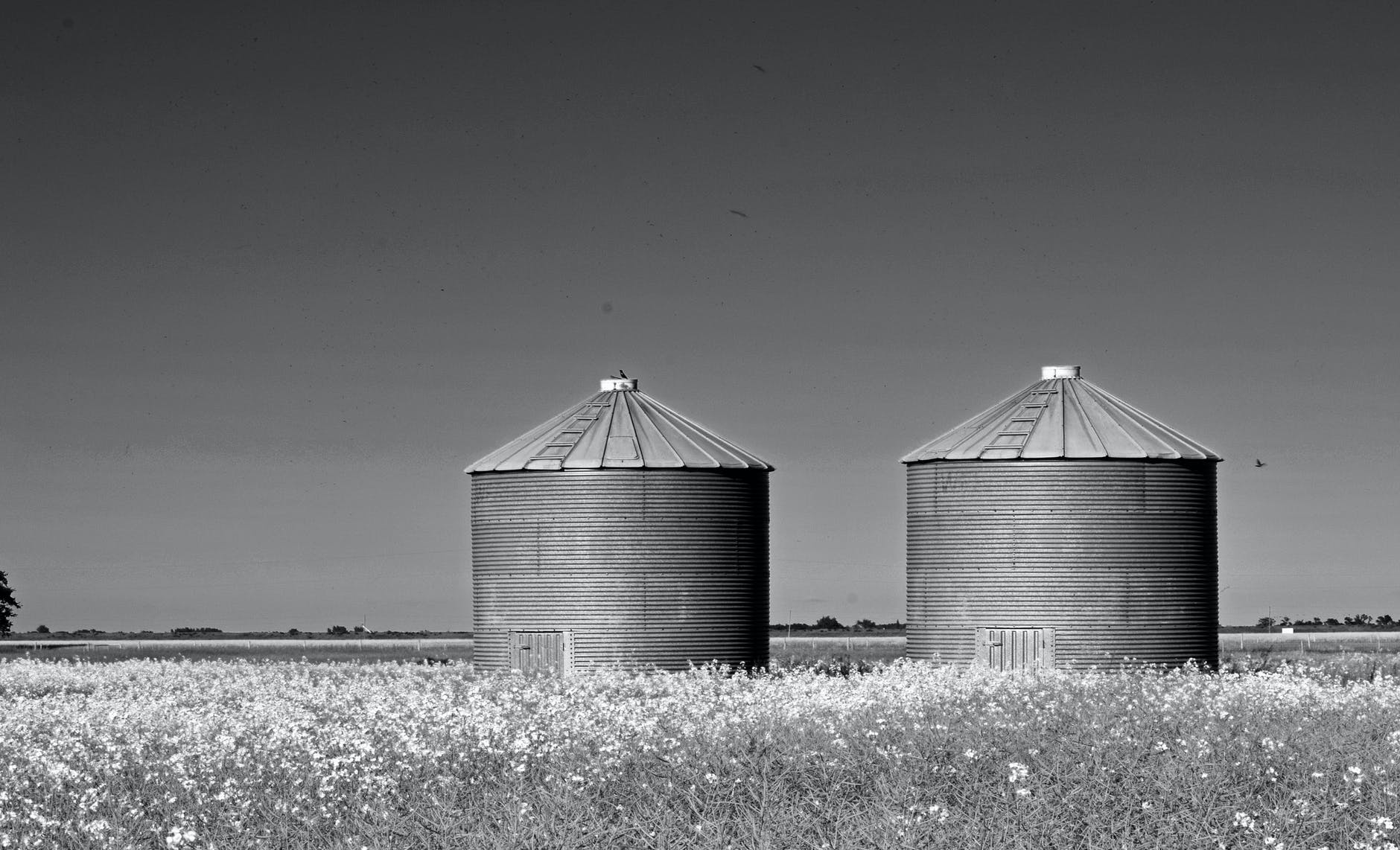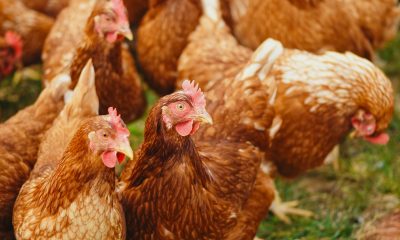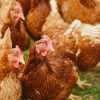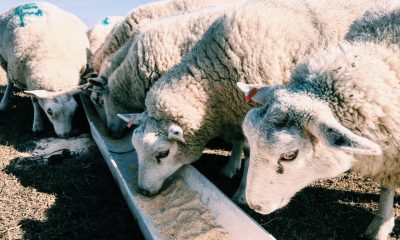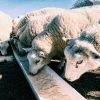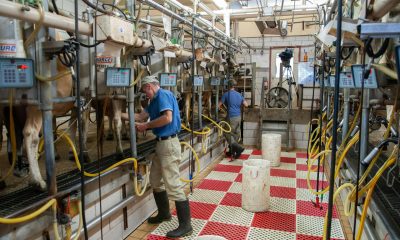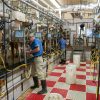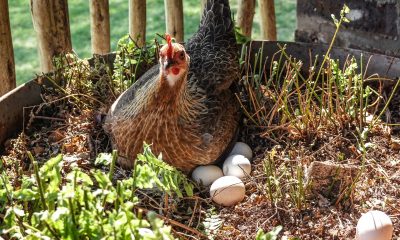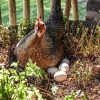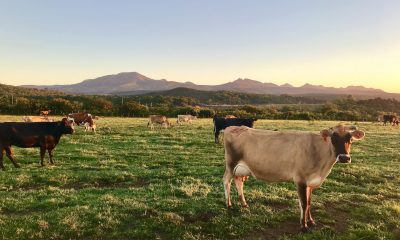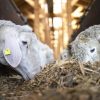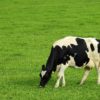For those fond of animal rearing, it is pertinent to know the technique of keeping and preserving the feed required for the livestock. Apart from the rich pasturage one may have,the longevity of their feeds is immense concern for many. Animal feeds are an amalgam of diverse ingredients, including vegetable oil like corn oil, groundnut oil, and sunflower oil. There are also animal fats like lard, tallow etc. which are included in the fodder. These elements give fodder the targeted input to animal husbandry. The prime factor that occurs and becomes a challenge for many livestock rearing is the cost for their feeds which would provide quality and quantity in their output. Once the feed is rightly chosen for the animal that one is rearing, the next challenge arises. Here is some of how animal feeds can be preserved safely, thereby increasing the longevity of the feeds.
Stay Safe from the Sun
If you want to retain the quality of the feed, the initial step is to curb direct contact with sunlight. The storage must be in a space with proper ventilation but should be a completely covered area. The feed must be kept dry, and even the slightest dampness would make it ineffectual. It is always advisable to
store the feed bins on stacks of bricks so that there is seldom contact with the ground as the ground
may vary in temperature, which will initiate water damage to the feed.
Metal Cans
If the feed is not stored properly, it succumbs to rats, mice, pests and tiny insects. The feed is attracted by different rodents and can cause damage. The droppings of these rodents can be harmful to the livestock and can heavily affect their health. The metal cans can protect the feed greatly as it becomes almost impossible to cut through these cans and cause damage to the feeds. The cans should also have a proper lid to protect sunlight and other tiny insects.
Storage Bunkers
This type of storage is quite expensive compared to the others. Though expensive, the storage bunkers are effective as they can store the feed in bulk. This type of storage is useful for those who intend to take animal rearing to a large extent. The designs are complex, yet if organised well, they can prevent wastage. This requires a heavy concrete floor with concrete tilt panel walls with walls out slightly, which reduces the risk of spoiled feed. The gaps in between the storage can reduce the feed getting
dampened, thereby giving it durabily.
Sliding Metal Roof Bunkers
The diverse climatic conditions pose a great challenge in storing the feeds. Unpredictable, though, you cannot take the peril of getting affected by the money you have spent on the feeds. Hence there is a need to be cautious against these climatic changes. The covered bunkers, which have a sliding roof, allow the feed to remain safe in different climates. The covering can protect the feed stack from rain, dust and excess sunlight. The sliding roof can also help to stack the bulk of feeds easily.
Commodity Sheds
This storage is also advisable for extensive purposes. The option is suitable for the type of feed commodity to be stored. Being so spacious, the storage options are also plenty. They include silos, tanks for liquid storage feeds, covered store bags which can prevent moisture. The flat bottom storages have wooden walls to resist the feed from getting contaminated by dust and dirt.
Plastic Containers or Drums
Fungal infection is a common threat to animal feed. They spread at a relatively faster pace than any other infections. The humid and moisture conditions can fasten the spread. The tight lids can help prevent this kind of infection. This can be even stored in the basement so that the temperature can be maintained rightly. It is even impossible for any pests to affect the feed and maintain the feed’s quality.
Reusable Freezer
When the household items become out of use, there is a tendency to throw them or keep them aside for the rust to erupt. Instead, it can be effectively managed to stack the feed. It may not be a fancy thing to look at, but it can be useful and cost-effective.
Wood Bins
Apart from metal bins, wood bins also can be an excellent choice. Without spending more money than on the feeds, the wooden bins with a tight lid can also prevent the rodents from attacking. The temperature inside the wooden bins can be maintained by storing them in sun-protected and shady spaces.
